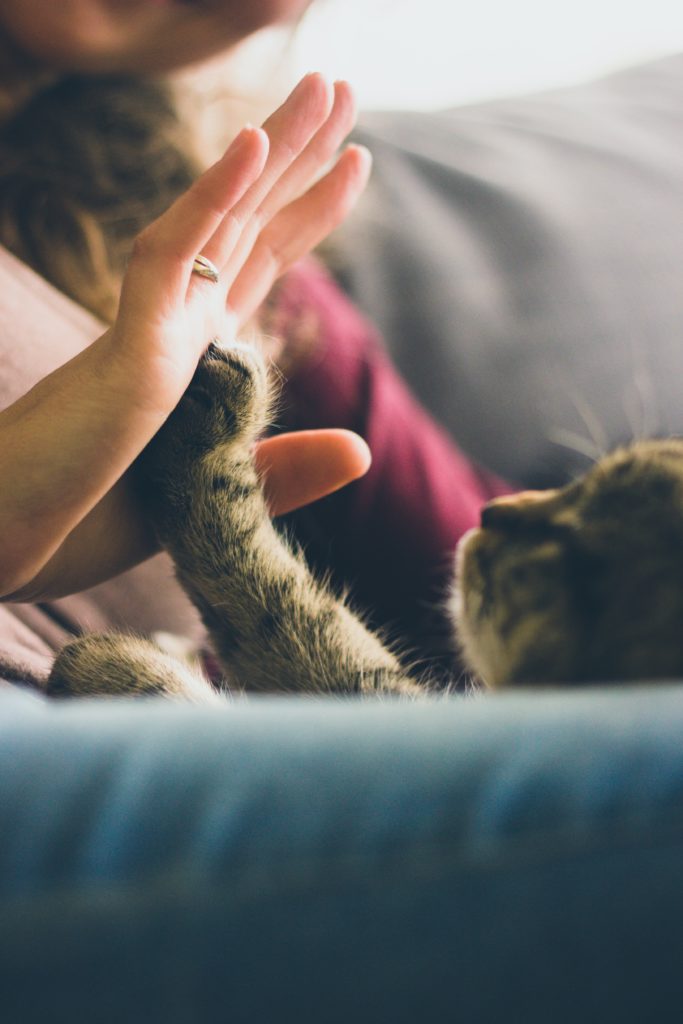Ever wondered how that perky dog gets to wander the halls of your apartment like he’s the landlord? Or how that cat takes a seat at your favorite restaurant while taking in its surroundings. Well, this is possible due to New York City’s pet policy. Let us discuss, NYC Pet Policy.

The New York pet policy states that residents in a building that has more than 3 units are allowed to keep a pet in a no-pet policy building if the pet or animal has been kept “openly and notoriously” for about three months or more.
What Prompted The New York Pet Policy?
The New York pet policy was established in 1983 in response to a dispute between landlords and tenants. It came to a juncture where landlords with no pet policy who were not originally unnerved about their tenants’ cats and dogs started evicting tenants that own pets. These evictions were a result of the economical situation and the low number of apartments in the city. The landlords just wanted to make more money.
As a result, the New York pet policy was passed to contain these disputes.
What Does The New York Pet Policy Mean?
The word “open and notorious” has become a tough nut to apply to pet policy.
However, the “open and notorious” refers to you living in a building and owning a pet, the law kicks off when the porter sees your dog once and doesn’t report it. Even if a member of the board lays eyes on it months later, that doesn’t count. A building employee is aware of your pet’s existence. This is for areas with a no-pet policy. Whereas areas with a free pet policy are allowed to parade their pets as they please.
Therefore, the open and notorious means that someone just has to see it. In addition to the notion of being open and notorious, the owners need to prove that the dog or cat has been there for at least 90 days.
There’s also an observation that has taken root as an action among the majority of New Yorkers. When a pet-friendly building decides to introduce a new no-pet policy, all pre-existing pets are allowed to be kept but the issue lies in when the pet dies. The owner is tasked with going around to look for a pet that has a striking resemblance to the late pet.
Are There Loopholes in The New York Pet Policy?
Of course, there are loopholes. It is rare to find policies and laws without loopholes. Take, for instance, the pet policy varies with locations in New York State. In all co-ops in New York City, the law applies but not to certain condos.
Another scenario is seen in the action taken by the board. For some parts of the city, just sending letters to the offending residents constitutes action-taking but on the condition that it is done within 90 days of the pet’s arrival. However, in some other parts of the city, a letter doesn’t count. The only way it counts is if the board sends legal and official papers within 90 days of the pet’s arrival.
Another form is seen in who is most qualified to make the report. To some persons, the building owners ought to have seen and ignored the pet for the law to take effect. Whereas to others, a doorman glove is enough for the law to take place.
Are There Exceptions to This Law?
Yes, there are exceptions to the New York pet policy. The exceptions take effect on animals with purposes.
Take, for instance, there could be people with disabilities who with the aid of animals get to move around. But the disabilities are not limited to blind people; people with chronic depression and learning disabilities can use these animals for emotional or moral support.
Other purposes these animals could serve are communication conduits and best friends.
Another exception to this law is the area tagged as a pet-free zone. The law too cannot protect dangerous animals or animals seen as a nuisance or disrupt the neighborhood’s peace.
Conclusion
Before moving into any residential building, it is best to make inquiries to ascertain if there are strict no-pet policies in the building or area. This is done in a bid to avoid legal issues. In as much as the New York pet policy has been put in place, it is best to avoid issues with the landlords by moving into buildings that allow pets and animals.
Also, before taking your pets along with you on any trip even if it is just a stone’s throw from where you stay, find out the pet policies associated with such areas. This includes subways, restaurants, hotels, buses, and parks.
Frequently Asked Questions
1. What type of pets are allowed in co-op apartments?
The majority of the co-ops’ apartments in New York will only allow domesticated animals such as dogs, cats, hamsters, rabbits, and gerbils.
2. How many pets can you have in New York City?
New York doesn’t have any required number of pets you are to own. But several municipalities and landlords have their number limitations. For instance, Rochester City allows 9 pets of over 6 months per household.
3. Can I take a dog on New York City subway?
Yes, you can but on the condition that the dogs must be stored in any container or carried in such a manner that they don’t pose as annoying to other passengers.

